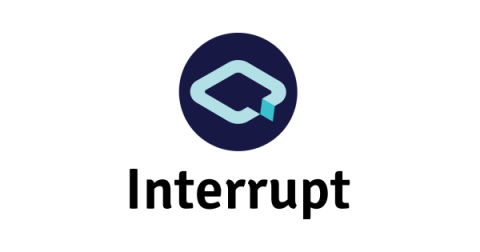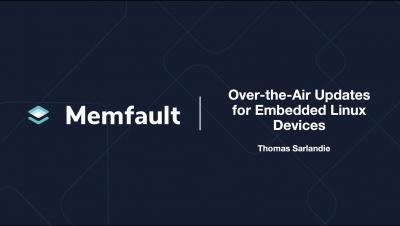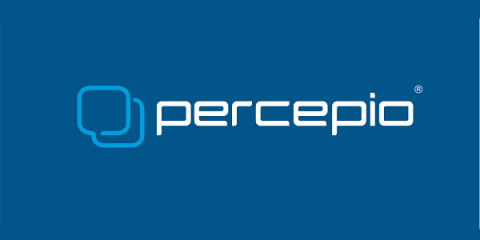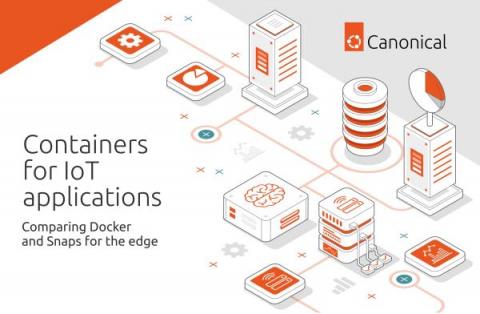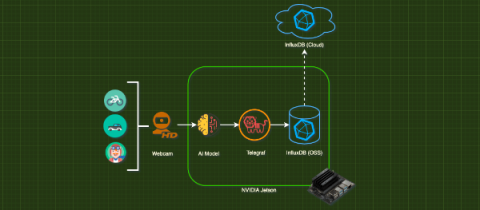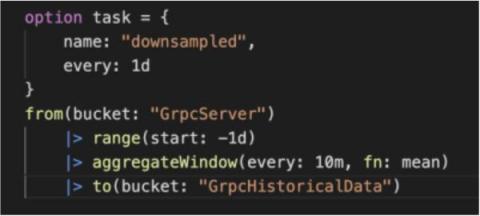Bazel Build System for Embedded Projects
Selecting a build system is an essential decision when creating a project. Changing is always painful, especially in a mature repository. Therefore the choice should be made carefully. With this article, I will try to describe a few advantages of what Bazel can provide in the context of an embedded repository and show how to set up a build environment with a cross compiler from scratch.


